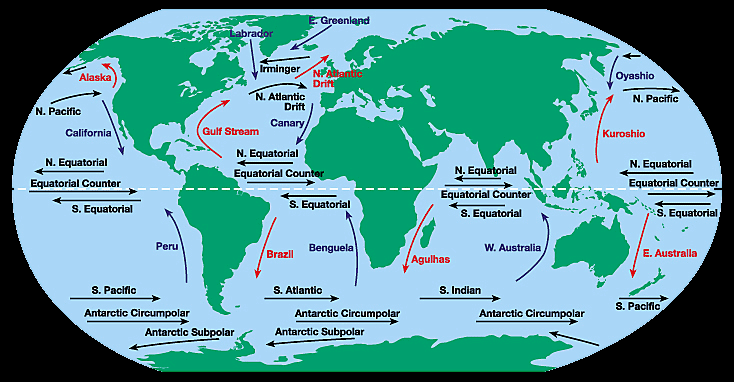Coral reefs and coral polyps are simple animals that form large colonies with rich varieties of forms and adaptations to differences in wave energy levels, light, and other environmental conditions. Modern coral reefs contain a wide variety of hard and soft corals.
What are the coral reefs and atolls?
Coral polyps are basic animals that develop vast colonies with a wide range of shapes and adaptations to variations in wave energy levels, light, and other environmental factors. Modern coral reefs are home to a diverse range of hard and soft corals.
Still, it is the fixing of calcium carbonate by the scleractinian corals to form a hard external skeleton that provides the basis for reef development as the coral structures grow over decades and centuries and as the break-down of corals, coralline algae, and other organisms that live in and on the reef supplies sediments to back reef and lagoon areas.
Hard corals that grow fast enough to fix large amounts of calcium carbonate are found primarily in
warm, tropical waters and exist in a symbiotic relationship with single-cell algae, which remove waste and provide a large proportion of the nutrients that the corals need. They also give the corals their distinctive colour.

types of coral reefs?
There are four main types of coral reefs: fringing, barrier, atoll, and patch reefs.

Coral reefs are important for various reasons, such as bringing in billions of dollars to the economy through tourism, protecting coastal homes from storms, supporting medical treatments, and providing a home for millions of aquatic species.
What are the atolls?
Atolls are ring-shaped coral reefs, islands, or groups of islets. An atoll surrounds a lagoon. Atolls and lagoons can protect central islands. Channels that connect islets connect a lagoon to the open ocean or sea. Atolls form from underwater volcanoes called seamounts.
First, the volcano erupts, depositing lava on the seafloor. As the volcano erupts, the seamount rises and eventually breaks through the water’s surface. The top of the volcano transforms into an oceanic island.

